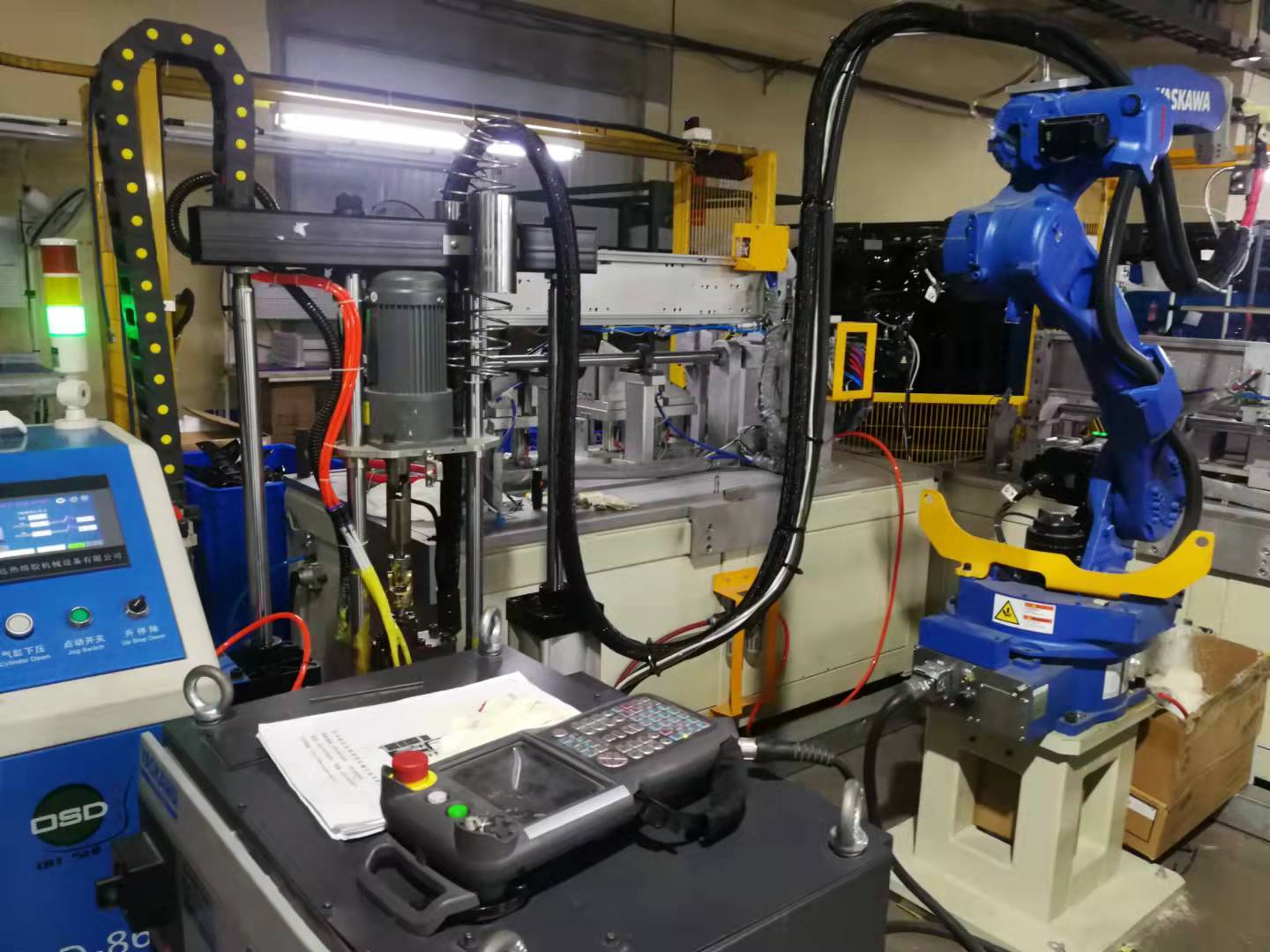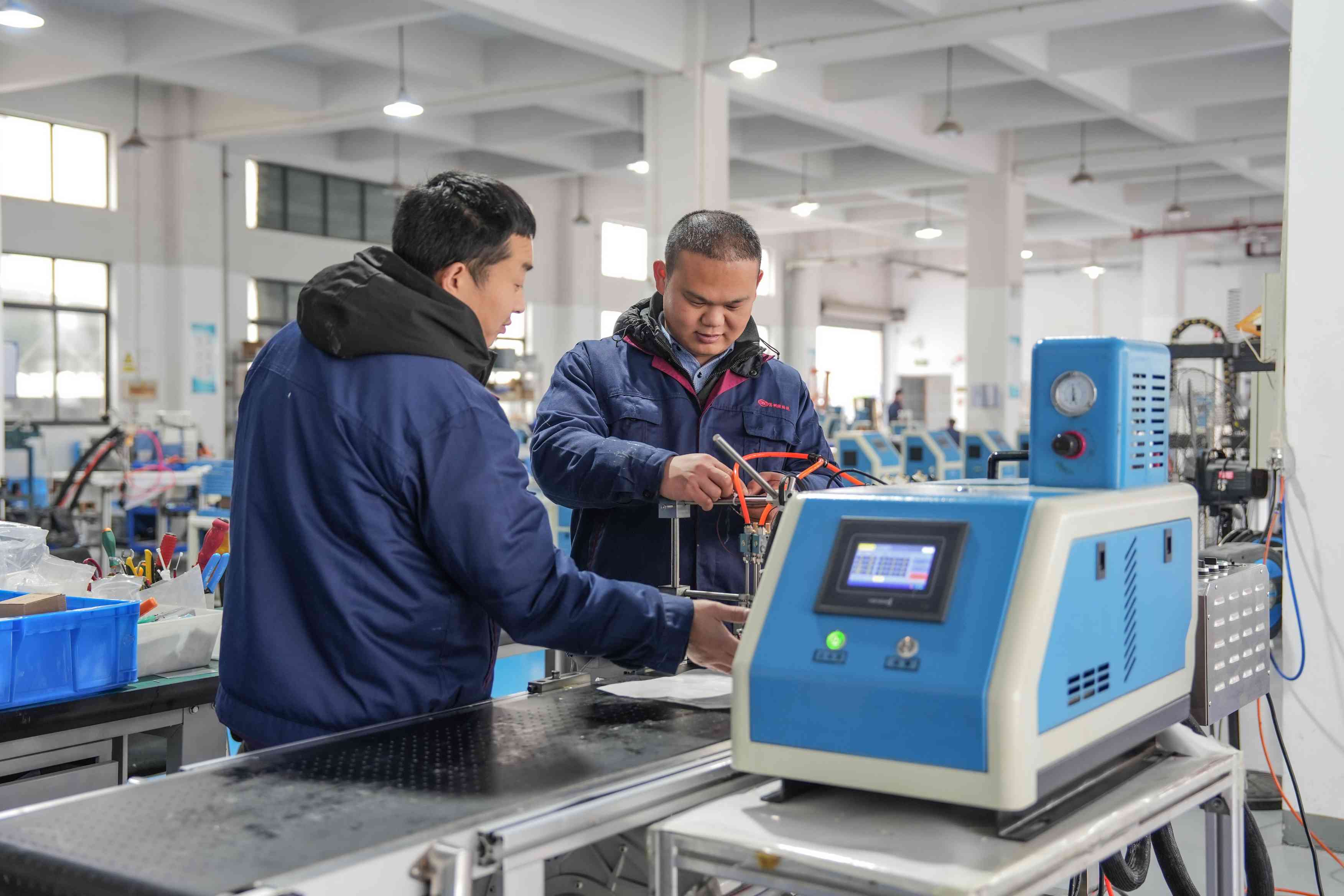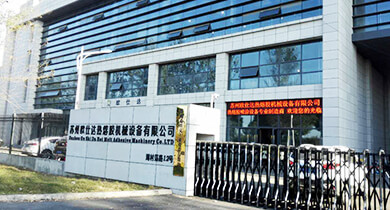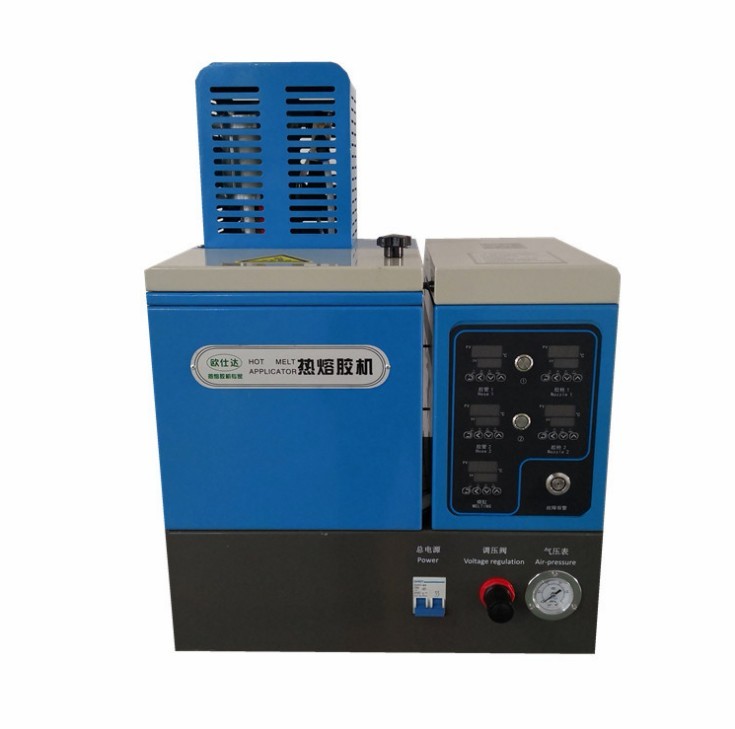Suzhou Oushida Hot Melt Machinery Equipment Co., Ltd.
18 years of experience in R&D and production of hot melt adhesive spraying equipment and automation equipment
18 years of experience in R&D and production of hot melt adhesive spraying equipment and automation equipment



The hot glue is a special type of thermoplastic adhesive that is basically administered through a range of cylindrical bars that differ in their diameters or in pellet form designed to be melted in an electric heating gun. While the cylindrical bars are typically for home use, the pellet forms are designed for industrial use. The gun melts the plastic glue using a continuous system of a heating element. A mechanical activation system pushes the glue as controlled or directed by the user. The polymer ejected from the nozzle is initially heated enough to melt. The glue is sticky when hot, and it solidifies in a few seconds to a minute.

In industrial use, hot melt adhesive are powered by a central electric device known as the hot melt glue machine. The adhesives offer a wide range of advantages relative to the solvent based adhesives. Here, there is an elimination of volatile organic compounds and the curing or drying phase. Solvent based adhesives can lose up to 50-70% of layer thickness during drying. In addition to joining two surfaces, hot-melts can be used to fill in the voids unlike other solvent-based adhesives.
The shelf life of thermoplastic adhesives is long, hence, can be removed without special precautions. Some of the disadvantages include the thermal load of the substrate, which limits the use to substrates not sensitive to high temperatures, as well as the loss of adhesion at higher temperatures or capable of melting the adhesive. This can be reduced by using a reactive adhesive that undergoes post-solidification, chemical curing, for example, by the effect of moisture (examples: reactive urethanes and silicones), or curing by ultraviolet radiation. Some HMAs can be resistant to chemical attacks and weathering.
Important properties
Hot melt adhesives have a number of important properties, which makes them suitable for different applications:
- Bond-formation temperature: refers to the minimum temperature at which sufficient substrate wetting is attained.
- Set time: is the time to form an acceptable strength bond
- Open time: it is the working time to make a bond, where the surface retains enough adhesion.
- Melt flow index: it is a value inversely proportional to the molecular weight of the base polymer. High flow index melt adhesives are easy to apply, but have poor mechanical properties due to the short polymer chains. Low flow rate fusion adhesives have better properties, but are more difficult to apply.
- Melt viscosity (it is one of the most important properties). It influences the spread of applied adhesive and the wetting of surfaces. It depends on the temperature, the higher the temperature, the lower the viscosity.
- Surface energy: this influences the wetting or damping of the different types of surfaces.
- Tack (stickiness, adhesion or adhesiveness): it is the degree of rigidity of the adhesive surface, influences the strength of the bond between wet surfaces.
- Pot life stability (chemical stability): it is the degree of stability in the molten state, the tendency to decomposition and carbonization. Important factor for industrial processing, where adhesives are melted for long periods before deposition.